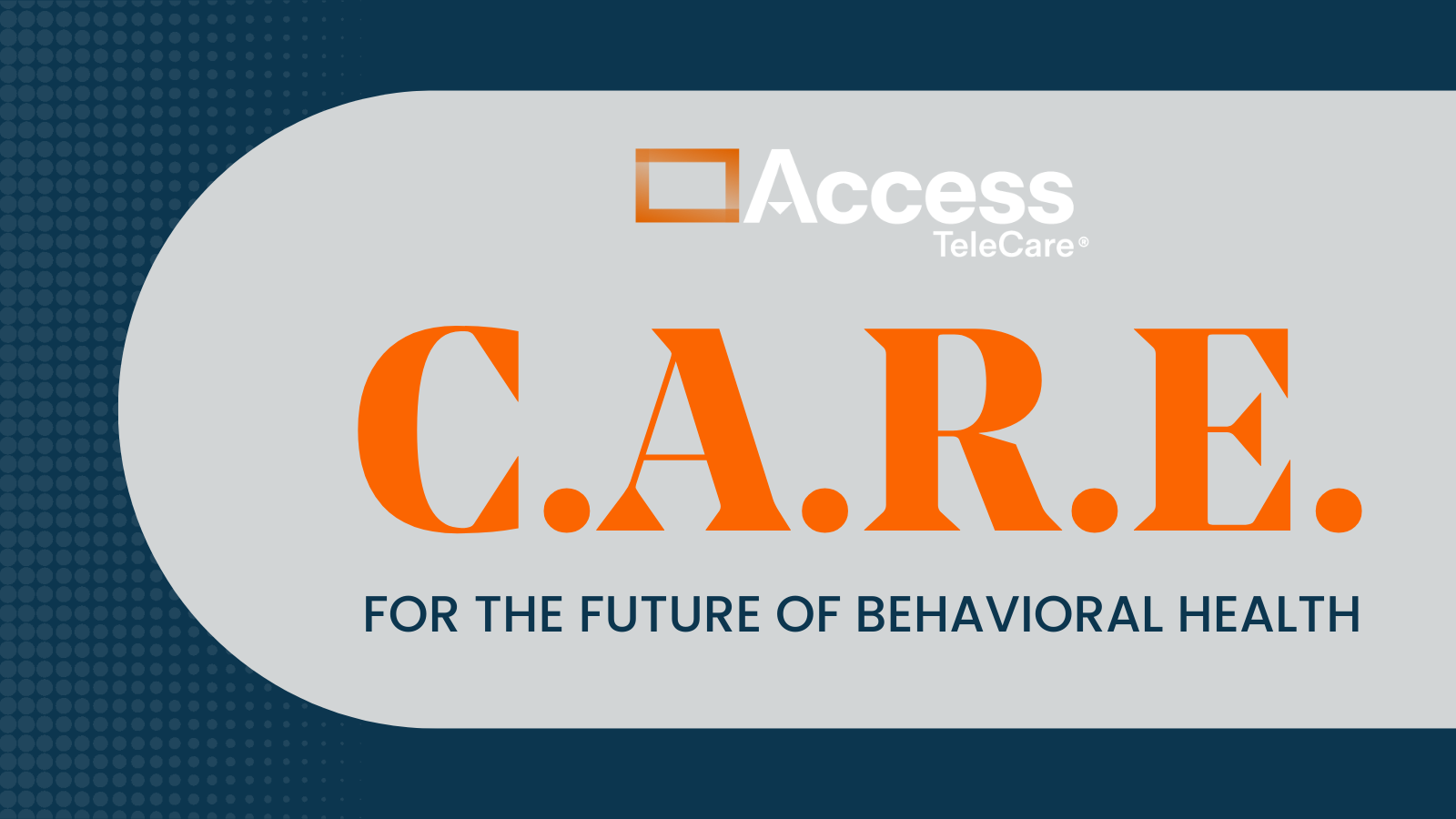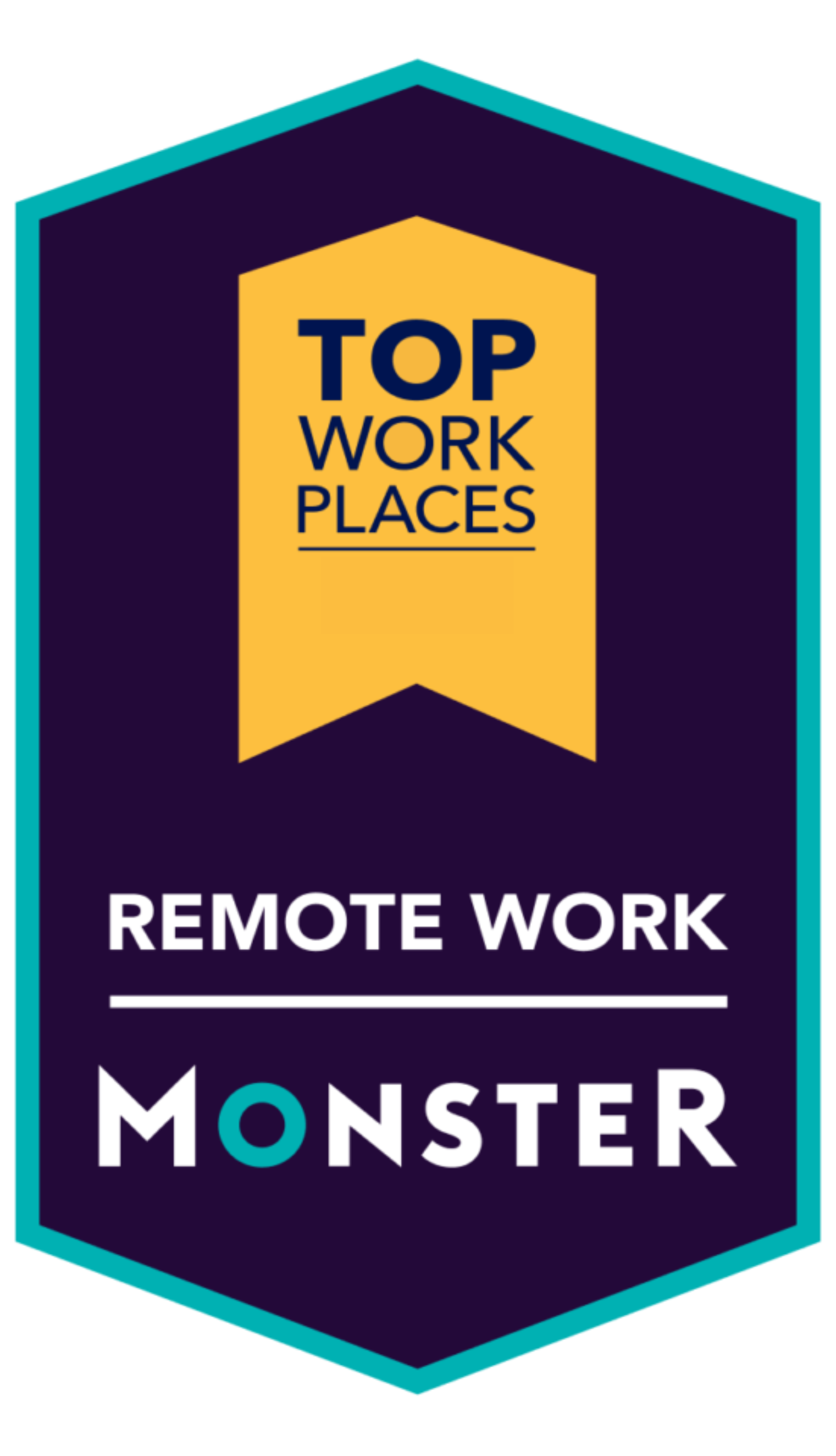By Dr. John Kenny
I first started noticing it in February.
We got more calls, more cases while on shift, and more text messages asking us to take cases while off shift. After all, that’s what telePsychiatry does: it adjusts to meet surges in volume or scales down as necessary.
Even if SOC doesn’t have enough telePsychiatrists on-call at that moment, our platform provides mechanisms to pull in other telePsychiatrists who are off shift and who can come support a sudden surge in caseloads.
And right now, we are experiencing the mother of all mental health surges.
COVID-19: a year of mental health stressors
In the spring of 2020, as COVID-19 first spread through the country, the drop in volume was astonishing. You can understand why people were afraid to walk into the emergency room for a behavioral health concern and risk getting COVID. Here at SOC, our telePsychiatry lines were fairly quiet.
At the start of the pandemic, some facilities shut down their observation units and stopped in-person visits to clinics to reduce the risk of infection. This meant losing a place where behavioral health patients could wait for short-term stabilization and opportunities to see their doctor—and with those changes, treatment dropped off as well.
The result of what happened last year created a pent-up demand that is now being unleashed. Last year, in July, my colleague Dr. Carlos Collin predicted a coming mental health surge:
“As a telePsychiatrist, I have a feeling there is a mental health crisis in the making, that the after-effects of this pandemic will be felt for years (or decades) to come…. The United States is likely to see increased rates of depression and anxiety, as well as the second order effects from increased rates of drug and alcohol abuse.”
Well, those effects are now here, in addition to patients with psychiatric illnesses left untreated for many months or longer. A much-cited Kaiser Family Foundation survey reported that roughly 4 in 10 adults in the U.S. reported symptoms of anxiety or depression in December 2020, up from approximately 1 in 10 in the months before the pandemic.
Behavioral health problems are a combination of environment and biology. If you take people who are genetically predisposed to anxiety or depression, and you separate them from their job, remove them from their routine, disconnect them from social supports, and lock them into dysfunctional family environments—you have a recipe for exacerbating every behavioral health problem we face.
Meanwhile, the rate of children coming into emergency rooms appears to have skyrocketed. Restrictions have trapped them in dysfunctional home situations, and at the same time, disconnected them from the school system that was the healthy part of their life, which allowed them to cope with the dysfunctional parts.
There’s no getting around it—the mental health crisis right now is real.
Psychiatrist and telePsychiatrist burnout
Amid such a crisis, having access to telemedicine, and telePsychiatry, in particular, could be the difference between our ability as a country to cope with the surge and facing an even greater public health catastrophe.
As SOC’s Chief Medical Officer Dr. Jason Hallock wrote last year, telemedicine is the best tool we have to address a national crisis in hospital capacity management. But we must also be careful that the telePsychiatrists who have risen to meet this challenge don’t themselves fall victim.
The experience of being on call for an 8-hour shift, which turns into a 9- or 10-hour shift, and seeing one person after another who is suicidal, or is in a horrendous circumstance, will eventually take its toll. I have been careful to look out for my colleagues, and myself, for signs of frustration, depression, and burnout.
It’s not just telePsychiatrists. A Washington Post-Kaiser Family Foundation poll released this month found that 3 in 10 healthcare workers have considered leaving the profession altogether as a result of their experiences during the pandemic. “More than half are burned out. And about 6 in 10 say stress from the pandemic has harmed their mental health,” the Washington Post reported.
We have to be on guard and work with our healthcare providers to make sure they take care of themselves so that they can continue to take care of patients effectively.
One way to do that is by reminding them there is a light at the end of the tunnel.
The mental health surge will end
I believe this surge will eventually level out, and case volumes will return to something close to what they were pre-pandemic.
As people get help, and more people get vaccinated and get back to their social supports and begin to live more normal lives again, the numbers will come down. People who are chronically ill who haven’t been getting the care they need over the past year will begin to get care, and once they do so for a few months, they will stabilize.
TelePsychiatry has risen to meet this mental health surge in a way that perhaps no other tool could. But as we continue to help the country heal, we also need to remember to take care of ourselves and each other.
***
Interested in how telePsychiatry could help your hospital manage mental health surges? Contact us for a working session today.









